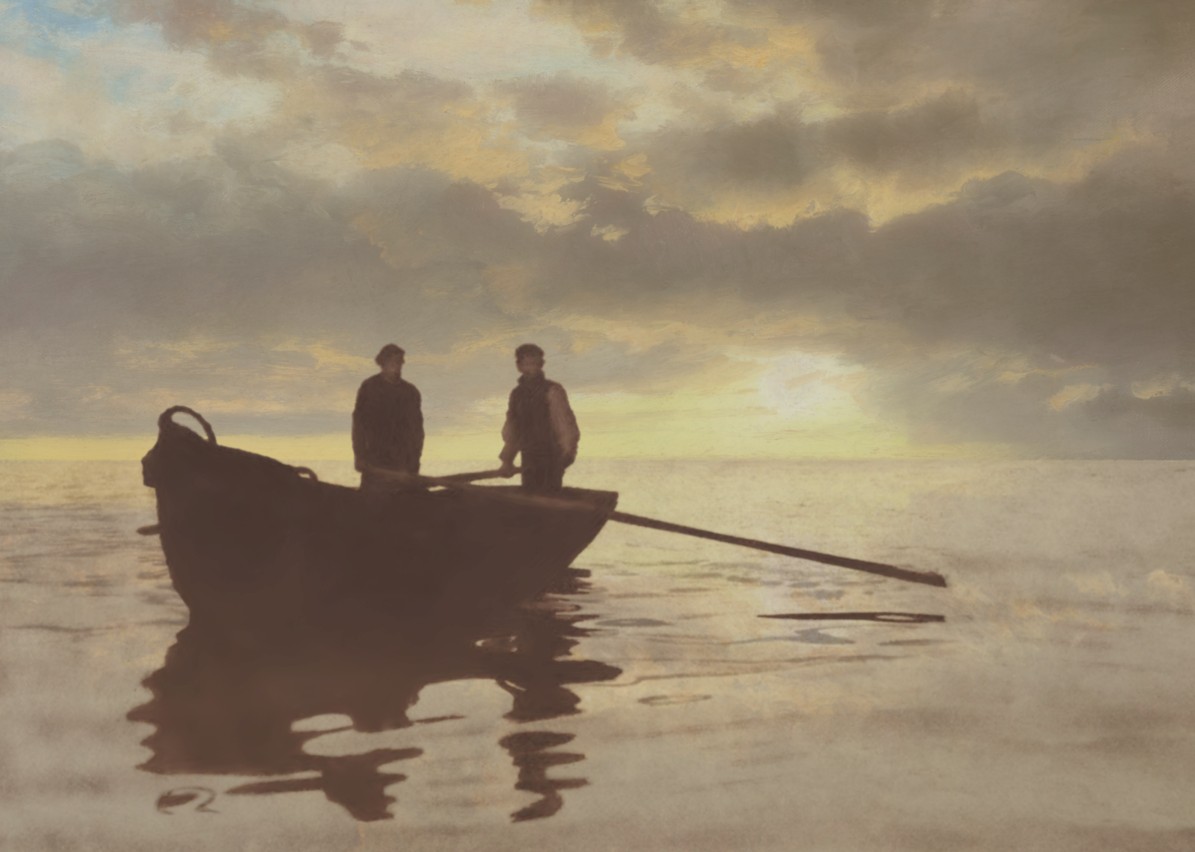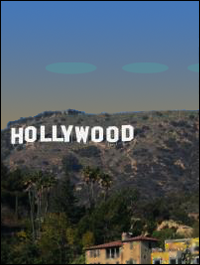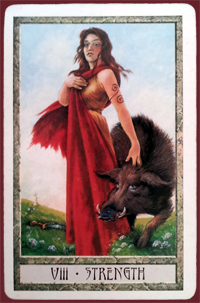
The word liminal has been much in my thoughts. Dr. Google tells me it means, “occupying a position at, or on both sides of, a boundary or threshold.” In my most recent previous post I considered Persephone, Queen of the Underworld, who spends part of the year here and part of the year in the other place. And my understanding of my own situation as that of someone perpetually here and in another place, though directly conscious of the goings on in the other place only while on the edge of sleep … and then only through a marvelous lens of fantastic images.
I had read that because she simultaneously and perpetually knows what’s on both sides of the door, Persephone’s aunt Themis knows how it all fits together. As a consequence, because she knows the complete back story, Themis can sponsor oracles. She knows when something is right, and she knows when something is not as it should be.
Themis is also the mother of the Moirai (the Fates), of whom Wikipedia says, “The role of the Moirai was to ensure that every being, mortal and divine, lived out their destiny as it was assigned to them by the laws of the universe.” I think of them as the personifications of “what happens” — independent of ambition, hope, rationalization, best and worst intentions, and all other thoughts, isms or actions one might engage. They are how the cookie crumbles.
The other day I asked a pal what ideas she thought a parent might share with a child to help them face an environment and civilization that we’ve wrecked beyond repair. She proposed the phrase, “Life is not fair.” Upon reflection, I find that I’m entirely on board with that idea. The Fates come to mind, and it occurs to me that if a child asks, “But what do I do?! What do I do?!” I’d be inclined to suggest, “Be kind when you can. And be as happy as you can as long as you can.”
In the image above I’ve imagined Themis offering for our consideration thoughts from the Quran rendered in cuneiform that read:
When the heavens have
been rent asunder
And the stars have
been set to flight
When the seas have
been comingled
And the graves have
been upturned
A soul will know
what it has
sent forward
And what it has
held back




